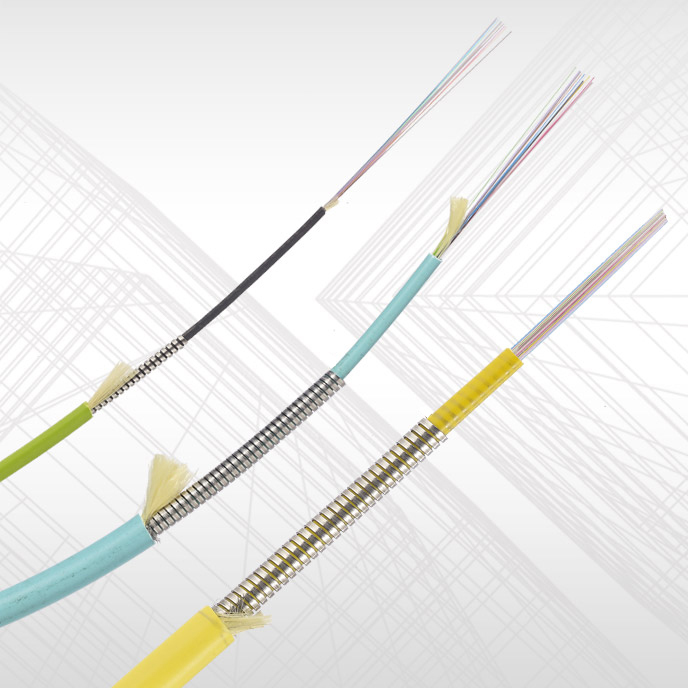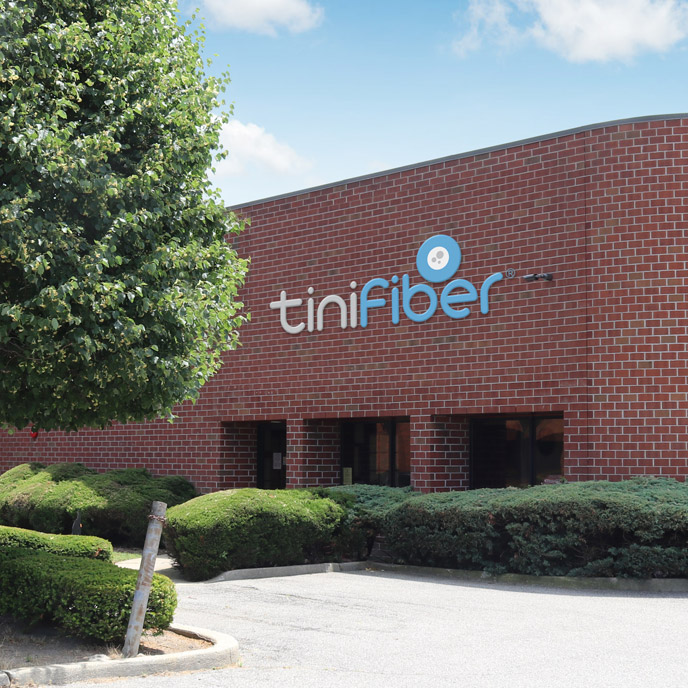With the emergence of new approaches to office layouts combined with the changing demands on work settings during the pandemic, office environments have been a hotbed of re-evaluation and transformation, and so have the needs for office cabling.
“There will certainly be many changes in the commercial office as workers return and we move forward after COVID,” said Clint Strong, CEO of Connectrac, Dallas, a Legrand Brand. “Instead of being a site for heads-down, individual work, people will be eager to connect and collaborate, aspects of working that we missed throughout the pandemic as employees turned remote. The experiment of the past year showed that remote work is effective but that many people still crave the personal connection that can only be found in a shared office space. As we phase back, re-entry will likely represent a combination of remote and in-person work.”
Developments in commercial cabling
What might this reality and other influences have on cabling configurations in office settings? Following, several major manufacturers of commercial cabling, and a contractor experienced in the market segment, share key trends and considerations shaping the path forward in this critical category.
- Broadened uses will emerge—“Based on the connected environment present within today’s offices and new digital buildings, cable is no longer confined to one or two applications,” said Christian A. Peterson III, president of fiber optic cable manufacturer TiniFiber, Farmingdale, N.Y. “It’s no longer being used for just voice and data, but also for wireless networks, smart building systems, lighting, sensors, security, audiovisual needs and digital signage. Bandwidth needs driven by 5G and new technologies like artificial intelligence, the internet of things and hyperscale data centers demand new innovations in long-haul fiber and cable solutions.”Specifically, he said, “modern office environments demand smaller, more flexible, scalable and sustainable cable solutions to accommodate the higher bandwidths that advanced technologies and high-speed internet connectivity require.”
- Greater flexibility—Strong believes that a growing need for office adaptability will require facility teams to move, add and change office configurations—furniture, power and data cabling—quickly and easily.As a result, he said, “cable manufacturers will increasingly consider true flexibility in their product designs, from desktop/tabletop solutions to on-floor/under-carpet power delivery.”Strong said that one way to accomplish this is through Legrand’s Connectrac Flex raceway. It is a low-profile, floor-based power and data distribution system that allows users to quickly add connectivity or change power locations in a snap.
- All-purpose designs—“From a design and installation standpoint, architects and engineers are looking for less-bulky solutions that can accommodate tight or curved pathways, risers and bends that are adaptable, provide significantly increased pathway capacity and are fast and easy to install, ” Peterson said, who noted that fiber optic solutions are now being deployed from demarcation point wiring through to network signal distribution and other applications throughout the office building. “There’s also a much greater emphasis on durable, sustainable solutions that will withstand the harshest environmental conditions,” he said.Peterson noted that TiniFiber’s Micro Armor fiber optic cabling solution provides strength and resilience in a lightweight, compact design.
- Collaborative solutions—According to Nate Herring, senior product manager at Hubbell Premise Wiring, Mystic, Conn., unified communication technologies such as Zoom, Microsoft Teams and other platforms have become standard, and conference rooms, huddle areas and other spaces earmarked for collaboration will need to have these technologies integrated.“This requirement is pushing the need for additional network connections and AV equipment in these areas,” he said. “At the same time, full-time remote and hybrid work schedules are requiring the need for employees to have a quality connection in their homes. Real-time communication technologies work best with a reliable, low-latency connection that Wi-Fi can struggle to provide, especially in environments with many neighboring access points or multiple clients using bandwidth.”Herring noted that Hubbell addressed this by introducing a Work from Home Connectivity Kit, which features the jacks, plates, cable and patchcords needed for a contractor to quickly install a hardwire connection to the homeowner’s workspace or to relocate the Wi-Fi router to a better location.
- Wellness—Though COVID-19 cases will eventually subside, “overall concerns surrounding worker well-being won’t go away,” said Sabrina Snyder, director of product marketing at Wiremold, a subsidiary of Legrand, West Hartford, Conn. “People want to feel safe and healthy when they’re in the office, which has led to the increasing incorporation of biophilic elements in office design, such as greater exposure to daylight, enhanced air ventilation, the introduction of more plants and the creation of more outdoor workspaces. We expect to see outdoor meeting spaces and classrooms grow significantly in the next few years, which will require the need for more weather-safe power supplies and connections outside.”
Key takeaways
Herring confirmed that the pandemic has refocused organizations on optimizing their real estate footprints.
“Office spaces may transform from static environments primarily designed for ‘housing’ employees in offices and workstations to shared collaborative spaces where teams come together one or two times a week to work together,” he said. “For contractors, this could result in a pull-back on the amount of new square footage being built. But there may also be an increase in renovation, remodeling and reconfiguration work, so installers should arm themselves with products that prioritize installation speed to help them take on more projects and complete them earlier.”
“Not all industries were affected by COVID equally,” Herring said, adding that he recommends contractors stay diversified. “While hospitality and travel were hit hard, other industries such as manufacturing, healthcare and logistics are all investing. In time, the services and entertainment industries will come back.”
“The office market may not necessarily decline, but it will change, and flexibility will be top-of-mind for every facility team,” Snyder said, advising contractors to be adaptable.
“There will be a move away from static, fixed infrastructure to building more flexibility into the power and cabling from the ground up and designers will think about this upfront, not after the design is complete. They may build in more connection points, for instance, or lay out a footprint with the intention of modifying it if the tenant’s needs change. For a long time, we’ve talked about how power is moving off of the walls (or the perimeter of the space) and into the open space, but now we think it’s moving even further to what we’d call ‘point of use.’ People want to connect wherever they are, whether that’s at a desk, in a huddle space, or outdoors.
“Consider how your spaces may be used, even in worst-case scenarios,” she said. “We’ve learned from COVID that nothing is off the table, and the market is responding with some truly innovative product solutions that can help you pivot later if you need to.”
Peterson agreed that contractors should remain open to innovative new solutions and manufacturers in the market.
“We recommend that they perform a cost analysis that considers all of the expenses of a cabling project, because there are many new options that really deliver a powerful cost-to-benefit value proposition,” he said.
As published in Electrical Contractor magazine online, March 15, 2021
https://www.ecmag.com/section/your-business/flexibility-style-trends-and-changes-office-cabling













